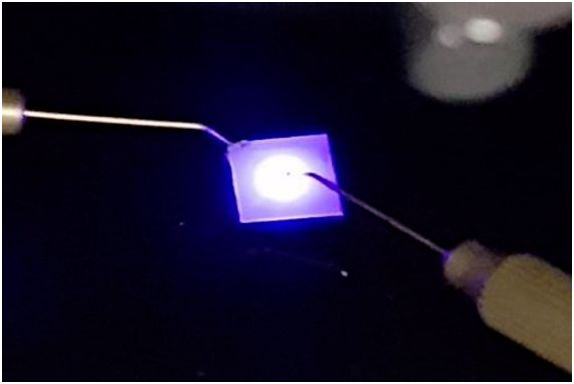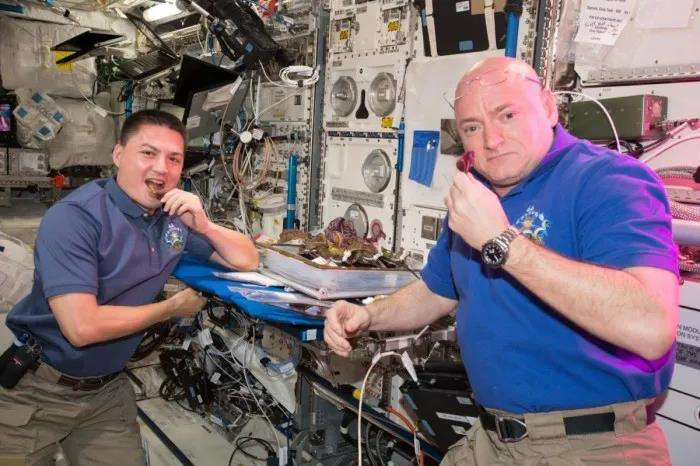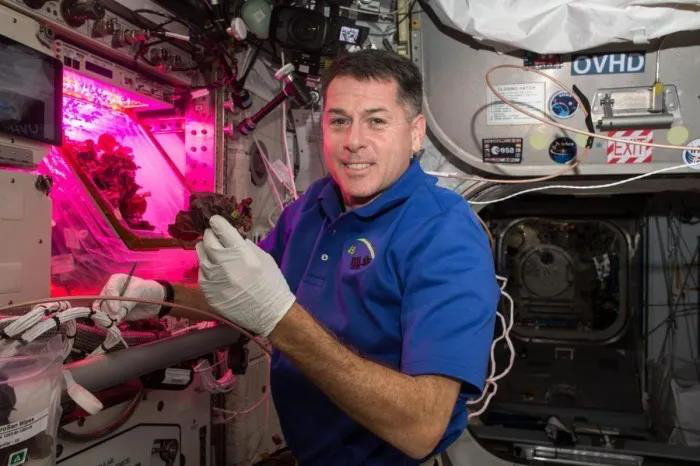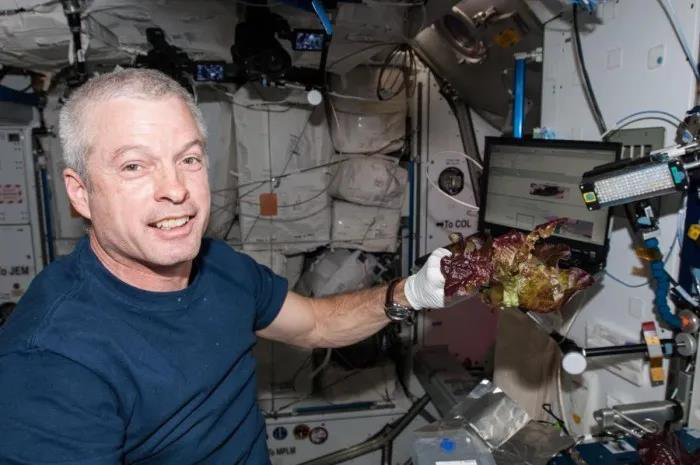New breakthrough! South Korea has developed a new material that replaces gallium nitride to produce blue LEDs and the lettuce grown on the International Space Station has similar nutritional value on the planet
New breakthrough! South Korea develops alternative gallium nitride production
New materials for blue LED
According to Korean media Business Korea,the Korea Institute of Science and Technology (KIST) has announced that a KIST team has successfully developed a new compound that can replace gallium nitride to produce blue LEDs.
Previously, Japan developed a method of manufacturing high-quality gallium nitride for the production of blue LEDs, which are used as core devices in smartphones, displays, electronics and high-frequency devices
It is reported that the Korean research team used a copper iodide compound (CuI) synthesized from copper and iodine to produce blue LEDs. The researchers said, "We found that copper iodide semiconductors can emit blue light, which is more than 10 times brighter than gallium nitride semiconductors.
In addition, they have excellent performance in terms of photoelectric efficiency and long-term device stability."

The copper iodide semiconductor developed by the researchers can be grown on a low-cost, small-defect silicon substrate, so it has the advantage of using a large-sized silicon substrate (300 mm) currently available on the market.
n addition, the growth temperature of copper iodide films is similar to that used in silicon-based processes (less than 300 degrees Celsius), so copper iodide films can be deposited without sacrificing performance.
Therefore, it can be applied to low-cost, simple silicon semiconductor processes.
The significance of these research results is that by growing high-quality copper-halogen single-crystal copper iodide on a silicon substrate to achieve efficient blue light emission, a new semiconductor material using a copper-halogen compound was first demonstrated worldwide. technology.
Scientists: "space lettuce" grown on the International Space Station
Comparable to the nutritional value of similar products on the planet
According to foreign media New Atlas, astronauts ate lettuce grown on the International Space Station (ISS) for the first time a few years ago.
It has now been determined that the nutritional value of "space lettuce" is at least comparable to similar plants growing on Earth.

Between 2014 and 2016, the red long-leaf lettuce "Outredgeous" plant grew on the International Space Station for 33 to 56 days, growing in NASA's Vegetable Production System (Veggie) zero gravity greenhouse
The setup includes, among other things, LED grow lights and an automatic watering system.

When a group of three astronauts each ate a few leaves, the rest of the crop was frozen for later shipment back to Earth.
Scientists at the Kennedy Space Center performed a chemical and biological analysis there, then compared it to the red-leaf lettuce Outredgeous, which was grown in the center's laboratory during the same period. The growth conditions of "Earth Lettuce" match the temperature, carbon dioxide level and humidity in the Veggie greenhouse.
Overall, scientists have found that the composition of the Earth and ISS plants is very similar.
However, in some cases, space lettuce is actually rich in potassium, sodium, phosphorus, sulfur, and zinc.
It also contains higher levels of phenolics, molecules that have been shown to have antiviral, anticancer and anti-inflammatory properties.
Interestingly, the diversity and identity of the microorganisms present in the plants in the two groups were similar-assuming that the types of organisms contained in ISS lettuce would be reduced.
Importantly, no harmful bacteria (such as E. coli or Salmonella) were found on any plant.
Therefore, based on these and other findings, space lettuce is considered edible (and safe).
